Many of us are remembering her. The Queen to be if she was still among us.
2 Days full of “Mercedes Benz” issues. After Jokowi used S600 Guard (one of flagship Merc type) Mercedes Benz, because today is the coronation of (King) Charles (III), so I remember Lady Diana: killed in Paris, inside Mercedes Benz S280. Both Jokowi and the late of Lady Diana use Sonderklasse (German for "special class", abbreviated as "S-Klasse"), is a series of full-size luxury sedans, limousines and armored sedans produced by the German (Stuttgart) automaker.
Killed Aug 31st, 1997, alongside Malaysia Independence Day, & my foster sister's bday.
Tragically (about Lady Diana), Mercedes-Benz has traditionally introduced its safety innovations in the S-Class. For instance, the S-Class was the first car in Europe to incorporate airbags.
S-Class safety features included innovations in active safety (accident avoidance), passive safety (collision protection), and holistic safety (integration of both active and passive safety features). Active safety features include: ABS braking in 1978 (acts to reduce braking distances and improve stopping control; co-developed with Bosch); traction control and Electronic Stability Program (ESP) in 1995 (improves driver control during difficult road conditions); and Brake Assist (provides full braking power during emergency stops), 2 years before Lady Diana (& Dodi Al-fayed —-- Emad El-Din Mohamed Abdel Mena'em Fayed) died, also driver Henri Paul (died), her bodyguard Trevor Rees-Jones survived.
The S-Class was Wheels Magazine Car of the Year for 1981 and 1999 (2 years after Lady Diana died); U.S. Highway Loss Data Institute "Safest Passenger Car of the Year" in 1988 and 1989 (8 years before Lady Diana died).
Short back to Charles. For all the PR about the Coronation - this is what it will be remembered, & go down in the history books for. When Britain became an authoritarian police state. Just a mile away from London’s Westminster Abbey where King Charles III was crowned, thousands of his subjects protested against the monarchy — and at least seven people were detained by police.
Protesters shouted “Not My King” and were met with monarchists trying to drown them out with cries of “That’s My King.”
Republican protesters near Trafalgar Square being told by a Met Police officer that they may be arrested for public nuisance for chanting “Not My King.” London police on Saturday arrested and detained nonviolent “Abolish The Monarchy” protesters because… the monarchy has never been and will never be an instrument of democracy. At a time when the UK’s public sector has been hollowed out by right-wing austerity policies—sparking strikes by doctors, nurses, and teachers—the Coronation King Charles III will cost British taxpayers £200 million (US$250 million).
New legislation (thanks Rishi Sunak) involving tougher sentencing for people disrupting major events was fast-tracked ahead of the Coronation. UK a powerful soft power flex - most countries never get events of this scale, even hosting Olympics (30 heads of state at Beijing Winter Olympics 2022).
Back to Diana again.
A tragedy mourned the world over, the death of Princess Diana in 1997 was truly shocking. For years, the high-speed car crash that killed the British celebrity, her partner Dodi Fayed, and driver Henri Paul was the subject of intense speculation, conspiracy theory, and investigation. And though it seems clear now what transpired that fateful night, what happened to the Mercedes-Benz S-Class involved in the accident?
After a rocky marriage, she and Charles divorced in 1995, with Diana retaining her royal title.
By 1997, she was dating Dodi Fayed, an Egyptian film producer. The night of August 31, the couple disembarked a private jet and planned to dine at the Ritz in Paris. But patrons and the press wouldn’t leave them alone, so they left, intending to head back to Fayed’s apartment. To avoid the paparazzi, Fayed dispatched a decoy vehicle from the front entrance while the couple left through the back.
Shortly after midnight, their Mercedes-Benz S-Class crashed into the righthand wall of the Pont de l’Alma tunnel entrance. Traveling over 60 mph, the S-280 limousine swerved into a pillar and then spun. The rear of the car smashed into one of the tunnel’s walls before crashing to a halt. They were only two miles from the Ritz.
Dodi Fayed and the driver were pronounced dead at the scene. Princess Diana and her bodyguard Trevor Rees-Jones were rushed to the hospital. Rees-Jones survived. Diana did not. She was 36.
Princess Diana’s untimely death commanded worldwide attention. Politicians, the media, and pundits honed in on the nature of the paparazzi’s possible role in the accident. However, after independent nine-year investigations, French and British authorities determined Diana’s death stemmed from negligent driving from Paul — who had been drinking — and pursuing paparazzi vehicles.
To help provide closure to Diana’s family and mourners, British authorities promised to destroy the Mercedes-Benz S-Class that had carried her that fateful night. But unbeknownst to the public, the car was delivered to London for further investigation. British authorities agreed to return the limo to France after their probe.
However, they tried to block the car’s return to France following their investigation. After 17 months of attempts, the French prevailed and received the Mercedes-Benz. Its original owner had also mounted legal challenges to have the vehicle returned. But he too was unaware it had made its way back to France.
In 2017, reporters from the British tabloid The Sun found the car’s wreckage in an impound lot in Bonneuil-sur-Marne, 10 miles outside Paris. The right front door and right rear had been destroyed. However, the rest of the limo remains the same as it was after the crash.
Unsurprisingly, the public was not happy to learn the Mercedes-Benz limo was not destroyed. Many find it an insult to Princess Diana’s memory and likely painful for her surviving family members. The car’s owner, Jean-François Musa, hasn’t helped matters. As the story broke of the vehicle’s discovery, Musa repeated claims he’d made shortly after her death: He’d like to see the car in a museum.
But many find this idea distasteful as well. In an interview with The Mirror, one of Diana’s former bodyguards, Ken Wharfe, remarked, “There seems to be no thought for her family who would find this incredibly upsetting that sick ghouls would be visiting this disturbing piece of history.”
Since the story broke in The Sun, there have been no public updates regarding the car’s status. Presumably, British authorities are negotiating with France to have the vehicle destroyed or returned to London to destroy it themselves. These negotiations may be complicated by Musa’s legal efforts to reclaim the Mercedes-Benz.
However, no matter the car’s current status, we likely haven’t heard the last of this development given Diana’s legions of admirers and the royal family’s power.
Two and a half decades after her tragic death, the late Princess Diana continues to make international headlines. Many questions remain about her final years, what happened the night she died and who may be responsible for the accident.
In Diana: The Ultimate Truth, former detective and award-winning investigative journalist Mark Williams-Thomas examines theories that have emerged since Diana's passing and sets out to answer the key questions that continue to swirl around the late princess of Wales.
What impact did Diana's revealing BBC interview have on the final years of her life? Could she have potentially survived her injuries from the crash? Was driver Henri Paul under the influence of alcohol that night, or the alcohol “staged” by intelligence (conspiracy theory)? And had her car really been tampered with?
A graphic designer working for BBC later disclosed that Bashir had asked him to forge bank statements that showed a former employee of Earl Spencer, Diana's brother, had sold stories to a U.K. national newspaper. Bashir then showed the falsified statements to Earl Spencer to gain his confidence; Spencer then introduced Bashir to Diana.
In Diana: The Ultimate Truth, Williams-Thomas speaks with Tom Mangold, a long-time Panorama reporter who caught on to the deception and raised his concerns within the BBC. "A friend of mine on the program … came to me and said, 'Our graphics artist, Matt Wiessler, has told me that Martin ordered him to forge two bank statements,'" says Mangold. "And they were used to get the interview with Princess Diana." He took his concerns to the program editor but was ignored.
Five months after the interview aired, the Mail on Sunday newspaper revealed what Mangold knew to be true, but by then the damage of what Diana divulged was done.
Williams-Thomas also meets with Diana's close friend Simone Simmons, who described Diana's conversations with Bashir prior to filming the interview. "[Bashir] was talking about … did she realize, you know, she is surrounded by people who are betraying her?" says Simmons in the documentary.
"She said to me, 'I didn't know how many enemies I had.'"
'I am going to [die] in an accident — helicopter, plane or car crash'
During his investigation, Williams-Thomas meets with other close friends and associates of Princess Diana, who describe a kind, strong-minded and thoughtful person. They also reveal Diana's inner concerns in her final years.
Speaking publicly for the first time, security expert Grahame Harding explains how Diana feared her calls were being recorded and hired him to inspect her rooms at Kensington Palace for bugs. He also supplied mobile phones to Diana in secret to help her to avoid any potential surveillance.
Concerns about being spied on were not Diana's only fear. Her close friend Roberto Devorik says that Diana always believed she was going to die young.
"She had the premonition she would be killed or die … not in a natural way," says Devorik in the documentary. "She would say, 'I think they are going to kill me. I am going to finish in an accident — helicopter, plane or car crash.'"
In the documentary, Williams-Thomas retraces Diana's steps in Paris, where Diana spent her final days with filmmaker Dodi Fayed in August 1997, and tracks down crash witnesses who have never spoken publicly. He also travels to the U.K. to meet an expert who prepared a report for the official British inquest into Diana's death.
Tom Treasure, a cardiothoracic surgeon, reviews the details of the crash. "[Diana] was taken from the car, and she was conscious when they took her out," he says. "Her circulation was in trouble, fast pulse and low blood pressure, indicating internal bleeding."
Treasure then explains the heart injury that Diana sustained from sitting sideways without a seatbelt when the car came to an abrupt stop. He reveals that had the circumstances been different that night, allowing her rare heart injury to be identified earlier, she may have had a chance.
"It was survivable," Treasure says in the film.
Was the driver to blame?
In 2008, the British inquest concluded that the accident was caused by the grossly negligent driving of chauffeur Henri Paul and the group of paparazzi photographers who were following the car.
French police stated that Paul was under the influence of alcohol when he took to the wheel that night. But when Williams-Thomas tracks down his close friend Claude Garrec, he insists that Paul was a responsible person who would not have put people's lives at risk.
"So, for me, something happened that we don't know. But Henri, in my opinion, has nothing to do with this case," Garrec says.
While in Paris, Williams-Thomas also questions Martine Monteil, the police officer who led the French investigation into the crash, and reviews the forensic evidence. She confirms that the Mercedes had collided with another vehicle moments before entering the Pont de l'Alma tunnel, causing it to swerve, hit a curb and spin into the 13th pillar.
As for the widespread public theories that Paul's blood samples could have been inaccurate or switched — is there any truth to these claims?
"Blood samples were taken immediately at the time of the accident and also during the autopsy," says Monteil, who reveals that those samples indicated Paul indeed had alcohol, as well as antidepressants, in his system. "He wasn't drunk, that's for sure, but he had consumed alcohol."
Following the French investigation, the Metropolitan police in England launched their own inquiry into Diana's death. They commissioned three forensic and traffic collision experts to examine every element of the crash and determine if anything had been tampered with on Diana and Fayed's vehicle. These experts come together for the first time on television in Diana: The Ultimate Truth.
"Because of all the tampering allegations, I wanted the Met police to buy or borrow an identical car," says David Price, a forensic accident investigator who went on to compare Diana's crashed vehicle with a second Mercedes to determine any differences.
"I was going from one to the other, checking out all the underside to look for any signs that anything had been attached to it or any signs that there had been a small explosion to disable something."




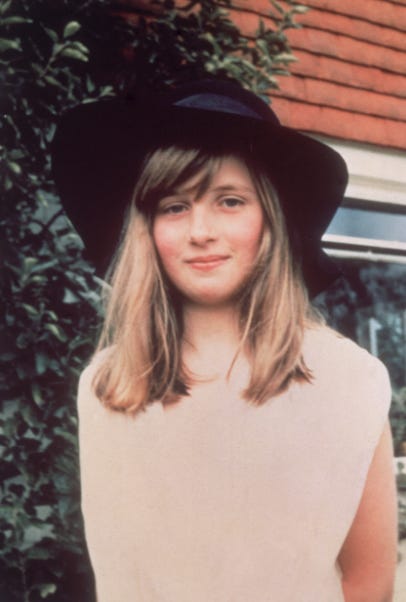
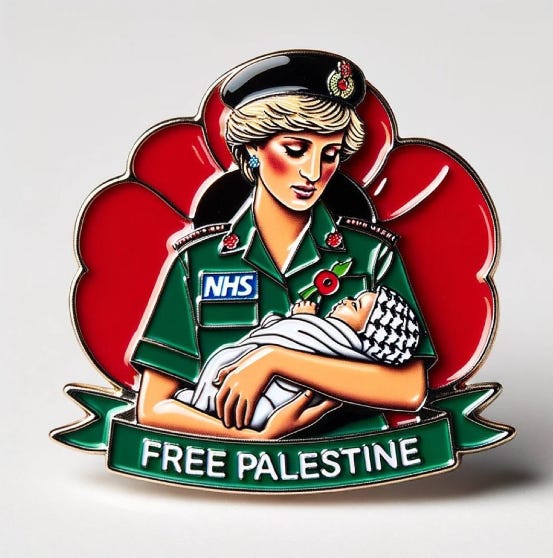
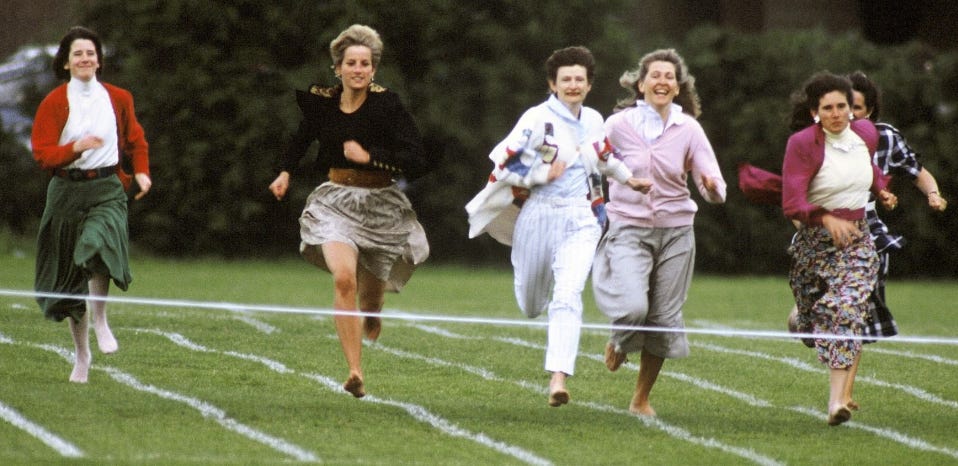
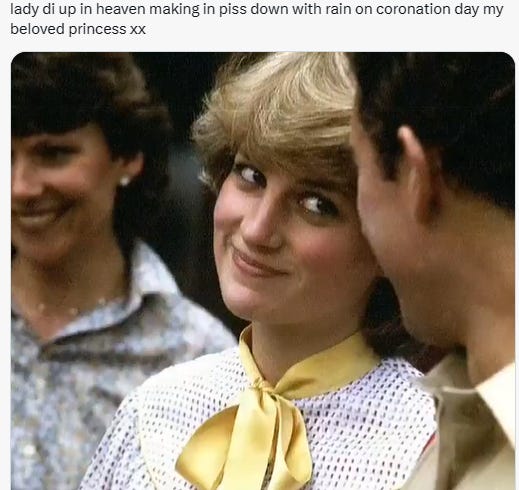
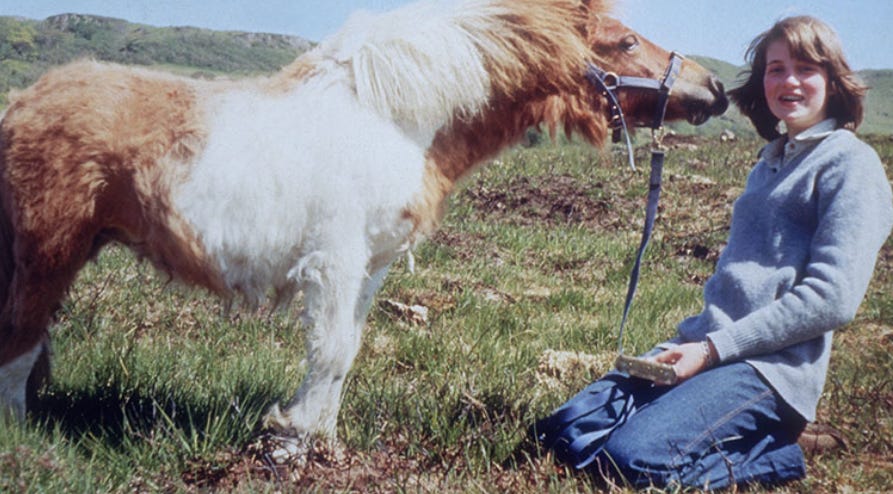
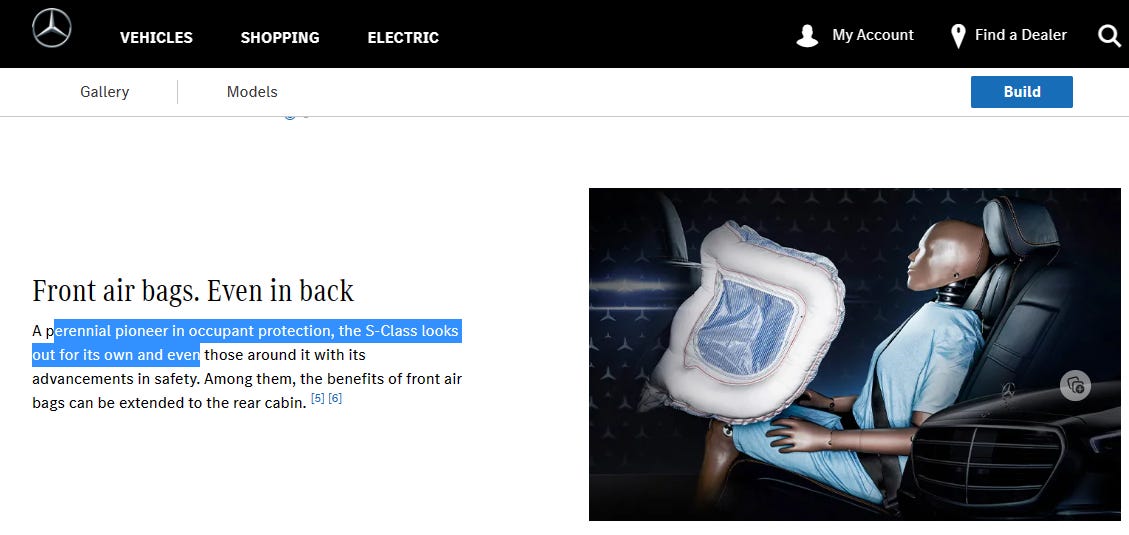
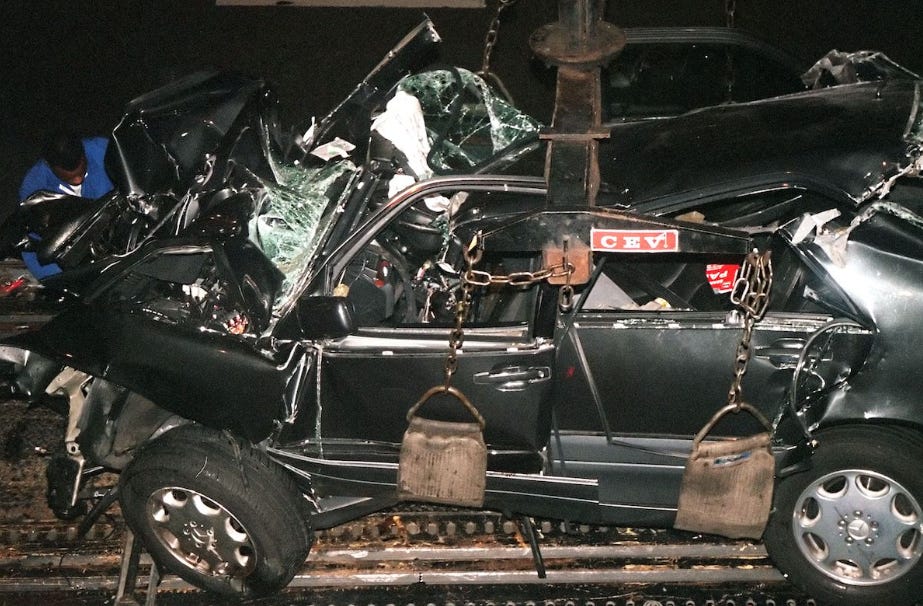

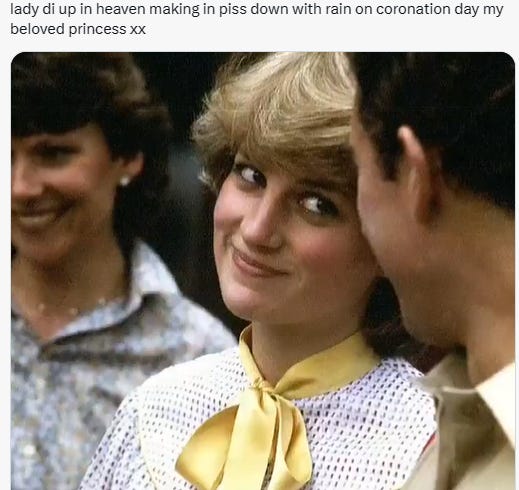
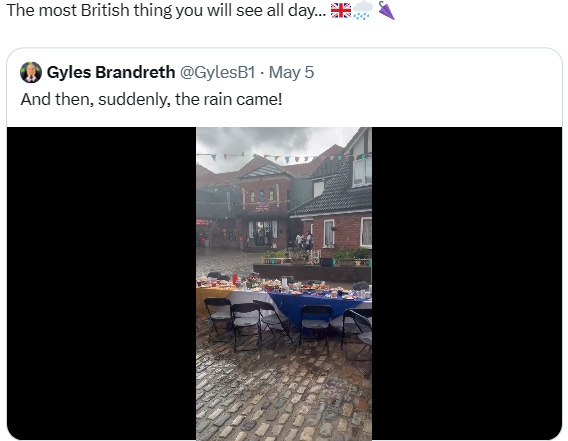
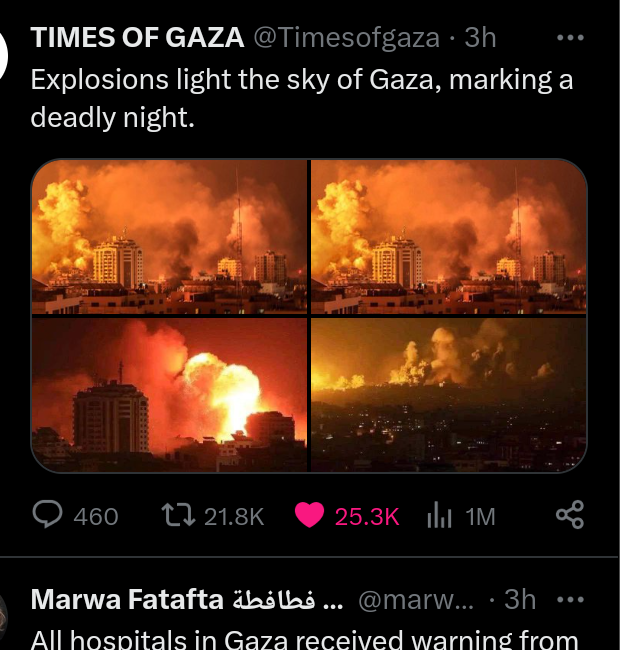

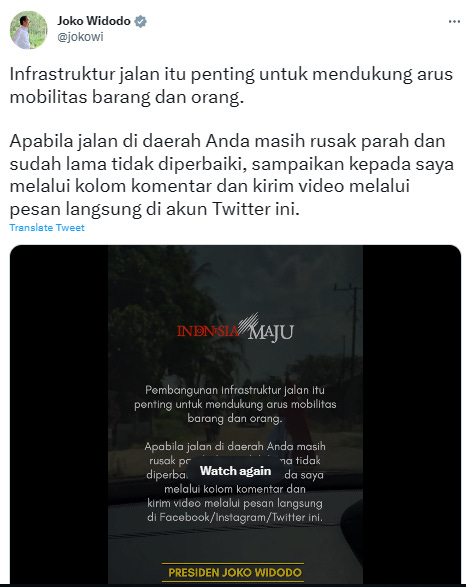
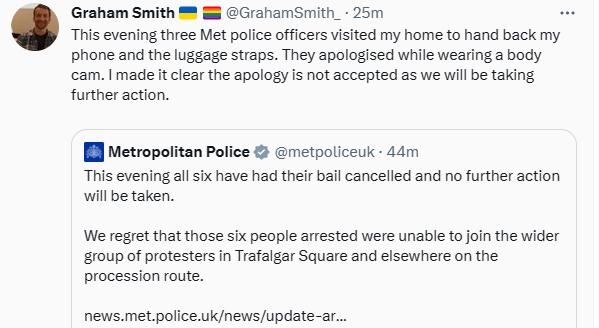
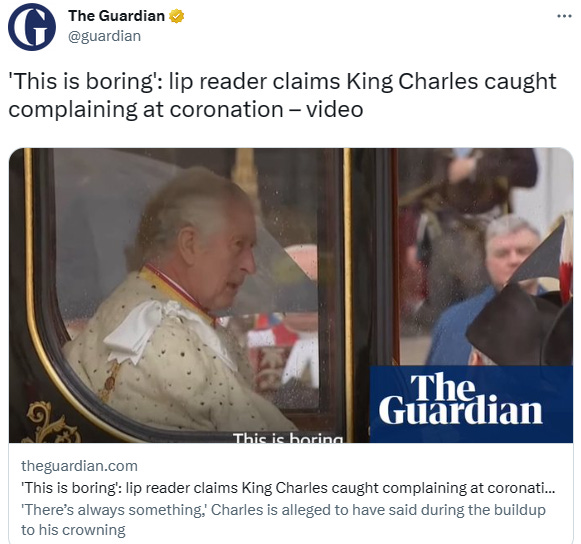
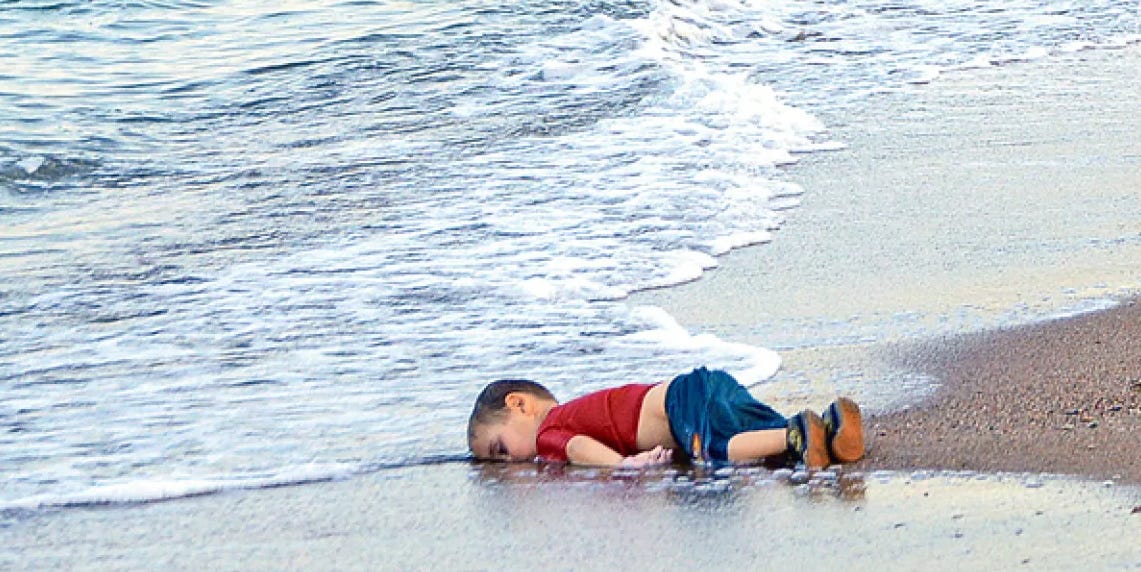
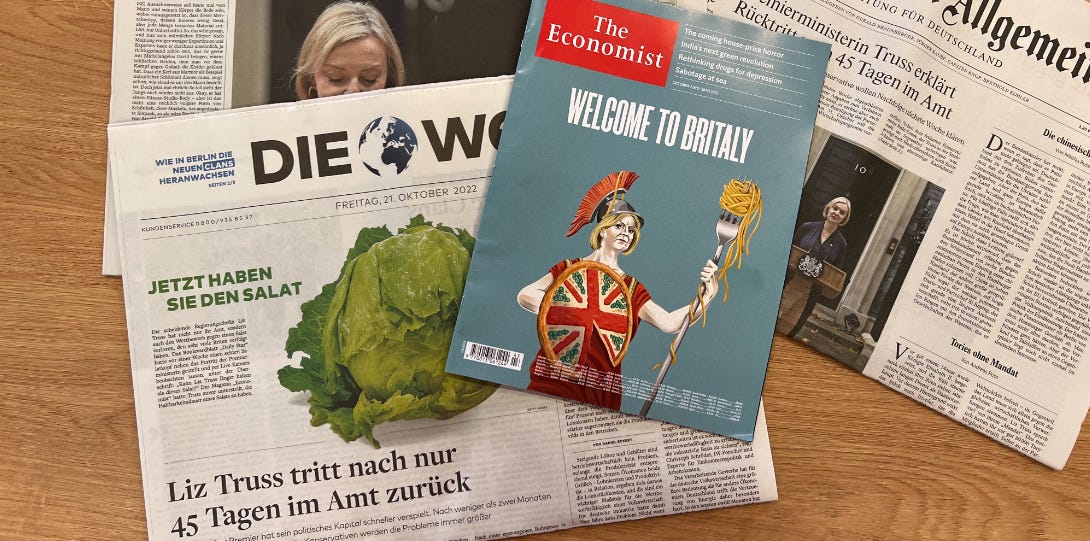
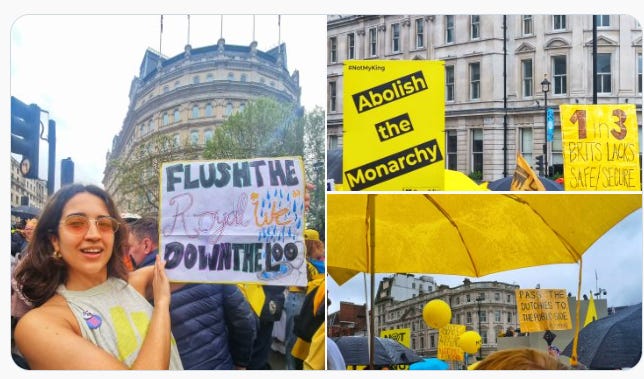
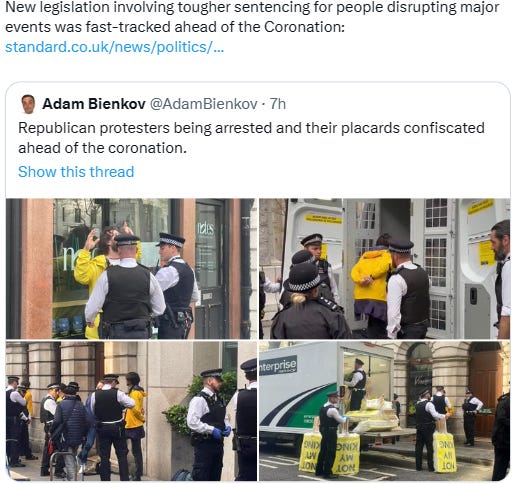
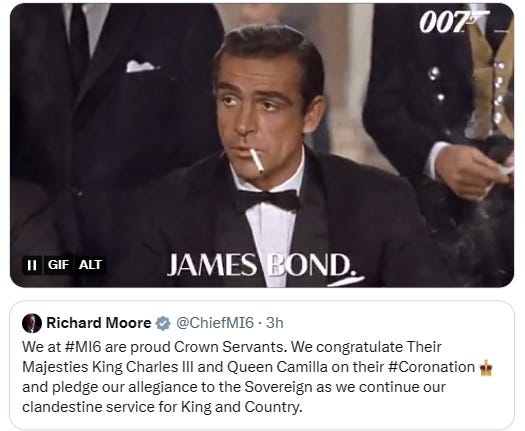
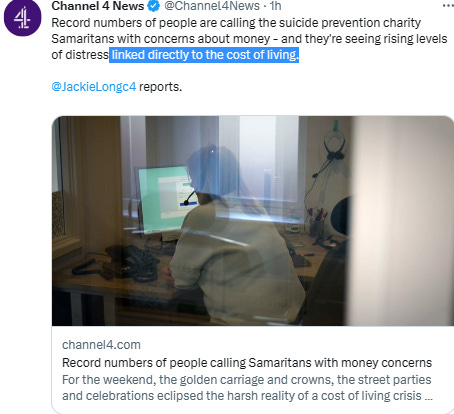

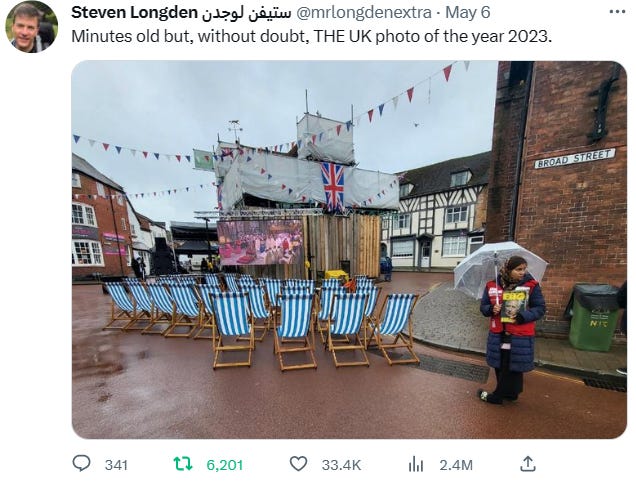
I don’t think they should destroy evidence.